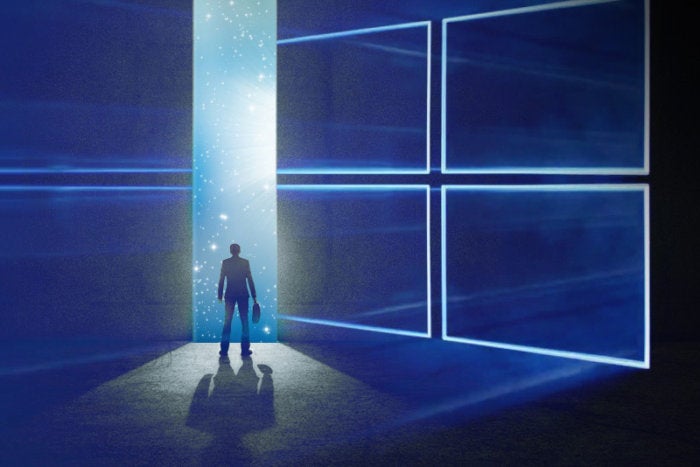Microsoft reveals what data Windows 10 collects from you

Credit to Author: Darlene Storm| Date: Wed, 05 Apr 2017 09:22:00 -0700
Microsoft has been under fire for its privacy practices since Windows 10 launched in July 2015, so the company finally caved to the pressure to be more transparent and revealed the type of diagnostic data it collects.
According to Microsoft, “One of our most important improvements in the Creators Update is a set of privacy enhancements that will be mostly behind the scenes.” Today Microsoft listed three new things about your privacy with Windows 10 after upgrading to the Creators Update. It clarified descriptions about privacy settings, updated its privacy statement and, best of all, it coughed up more information about the data Windows 10 collects from you.
When Windows 10 Creators Update starts rolling out to users on April 11, Microsoft said you will “receive a notification asking you to review your privacy settings before downloading the update.”
Microsoft’s Windows and Devices Group Privacy Officer Marisa Rogers stepped through the privacy settings you can either have set to “on” or “off” – “location,” “speech recognition,” “tailored experience with diagnostics data” and “relevant ads.” The choice for diagnostics is either “basic” or “full.”
If you opt to allow only the most basic information to be collected, then Microsoft’s EVP of the Windows and Devices Group Terry Myerson said Microsoft has “reduced, by about half, the volume of data we collect at the Basic level.”
For the first time, we have published a complete list of the diagnostic data collected at the Basic level. Individual data points that relate to a specific item or event are collected together and called Events. These are further organized into diagnostic areas. We are also providing a detailed summary of the data we collect from users at both Basic and Full levels of diagnostics.
A post detailing what is collected via the Basic level explained that it is “a limited set of information that is critical for understanding the device and its configuration including: basic device information, quality-related information, app compatibility, and Windows Store.” Selecting “basic” also includes collecting security information as well as “helps to identify problems that can occur on a particular device hardware or software configuration.”
The detailed list to describe what is collected under the “basic” level has over 29,000 words, giving specifics about diagnostic events and fields along with a short description of each. (29,776 words, according to Word.)
While “basic” seems to collect a tremendous amount, it’s more than we knew about previously, and about half of what Windows 10 has been collecting. Get ready to fall out of your chair when you look at what is collected if you opt for the Full level – and it’s just a summary!
Opting for the “full” telemetry level, according to Microsoft, will allow the company to “use diagnostic data to improve Windows 10 for everyone and deliver more personalized experiences for you where you choose to let us do so.”
The actual data collected under “full” is broken down into the following nine categories: common data; product and service usage data; software setup and inventory data; content consumption data; browsing, search and query data; inking, typing, and speech utterance data; and licensing and purchase data.
If you go back and look at “basic” level, it is noted that “every event generated includes common data, which collects device data.” You should look at some of the common data. There is an entire section devoted to obtaining users’ privacy settings before and after upgrading to Creators Update.
That might have something to do with the “journey” Microsoft is on to supposedly put you in control and provide “the information you need to make informed decisions about your privacy. The Windows 10 Creators Update is a significant step forward, but by no means the end of our journey.” Rogers added, “In future updates, we will continue to refine our approach and implement your feedback about data collection and privacy controls.”
Hey, Microsoft, how about an option for “none” when it comes to data collection?